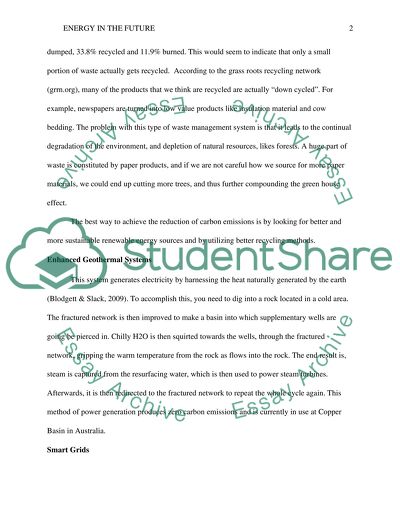Cite this document
(“Renewable Energy Consumption in the Future Research Paper”, n.d.)
Retrieved de https://studentshare.org/social-science/1392287-green-technology
Retrieved de https://studentshare.org/social-science/1392287-green-technology
(Renewable Energy Consumption in the Future Research Paper)
https://studentshare.org/social-science/1392287-green-technology.
https://studentshare.org/social-science/1392287-green-technology.
“Renewable Energy Consumption in the Future Research Paper”, n.d. https://studentshare.org/social-science/1392287-green-technology.


